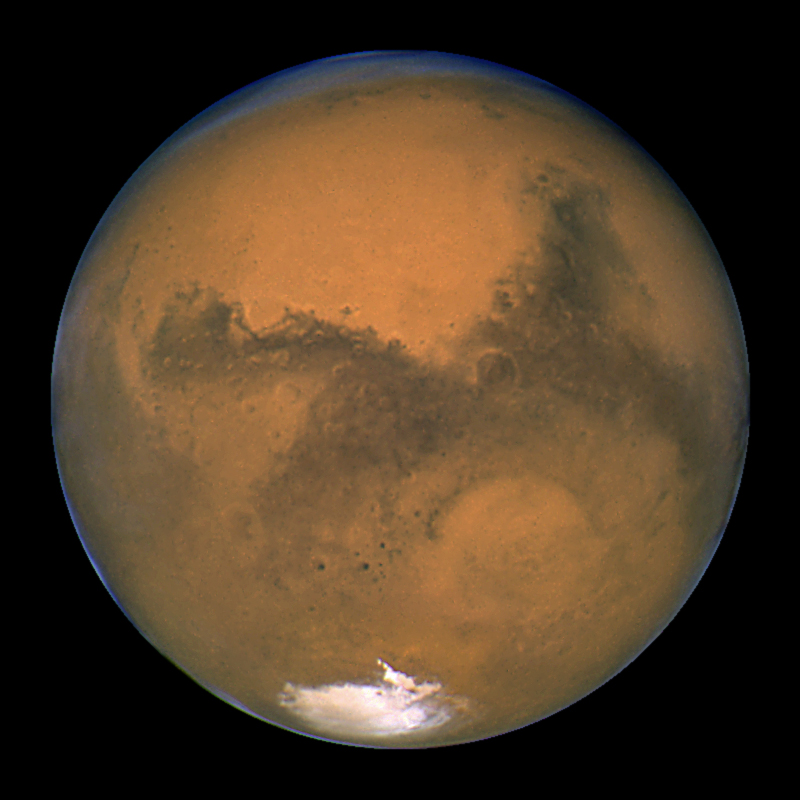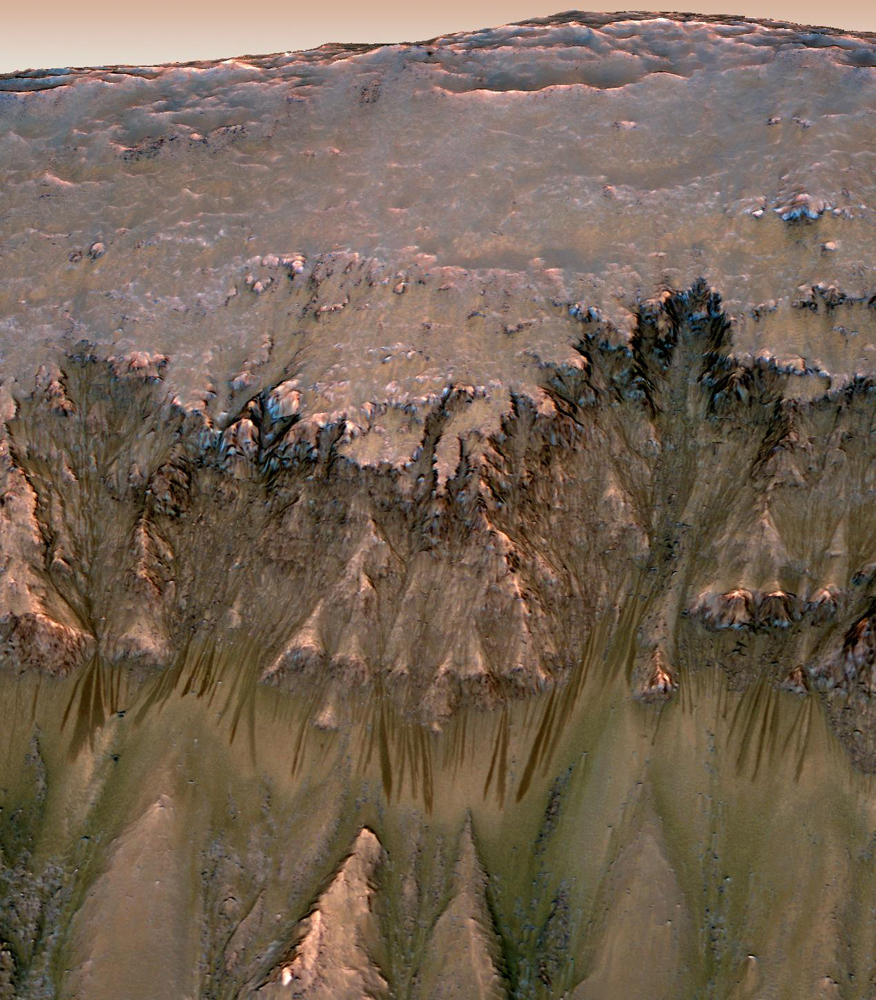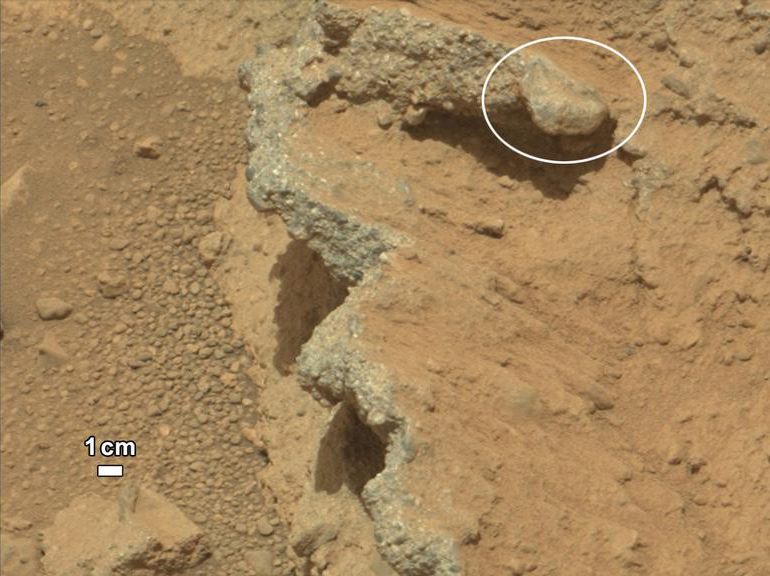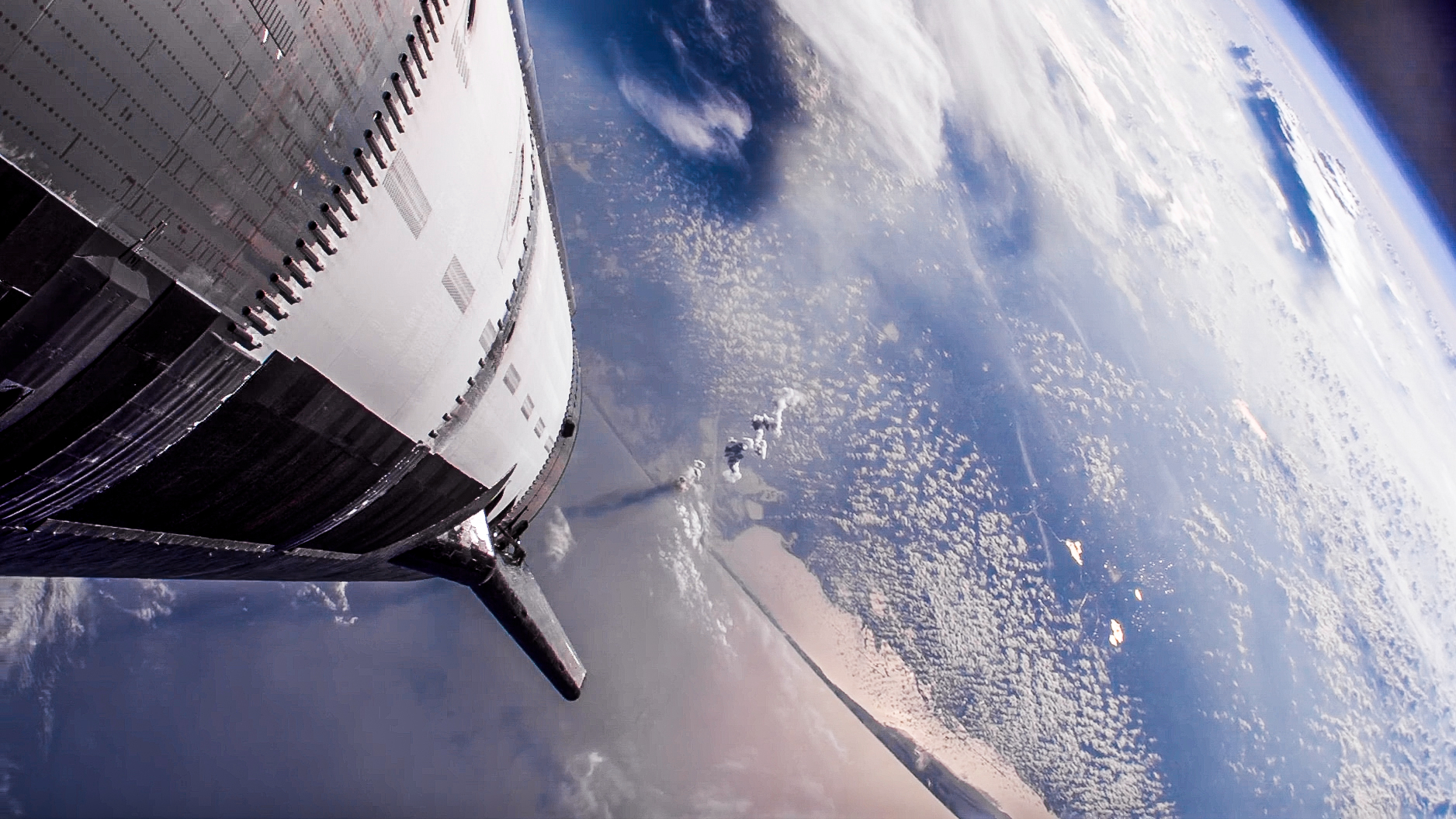
LOS ANGELES — While Mars was likely a more hospitable place in its wetter, warmer past, the Red Planet may still be capable of supporting microbial life today, some scientists say.
Ongoing research in Mars-like places such as Antarctica and Chile's Atacama Desert shows that microbes can eke out a living in extremely cold and dry environments, several researchers stressed at "The Present-Day Habitability of Mars" conference held here at the University of California Los Angeles this month.
And not all parts of the Red Planet's surface may be arid currently — at least not all the time. Evidence is building that liquid water might flow seasonally at some Martian sites, potentially providing a haven for life as we know it.
"We certainly can't rule out the possibility that it's habitable today," said Alfred McEwen of the University of Arizona, principal investigator for the HiRise camera aboard NASA's Mars Reconnaissance Orbiter spacecraft. [The Search for Life on Mars: A Photo Timeline]
Surface water on Mars?
McEwen discussed some intriguing observations by HiRise, which suggest that briny water may flow down steep Martian slopes during the local spring and summer.
Sixteen such sites have been identified to date, mostly on the slopes of the huge Valles Marineris canyon complex, McEwen said. The tracks seem to repeat seasonally as the syrupy fluids descend along weather-worn pathways.
Get the Space.com Newsletter
Breaking space news, the latest updates on rocket launches, skywatching events and more!
While the brines may originate underground, Caltech's Edwin Kite noted, there is an increasing suspicion that a process known as deliquescence — in which moisture present in the atmosphere is gathered by compounds on the ground, allowing it to become a liquid — may be responsible.
Astrobiologists are keen to learn more about these brines, for not much is known about them at the moment.
"Briny water on Mars may or may not be habitable to microbes, either from Earth or from Mars," McEwen said.

Hardy microbes
Martian life may be able to survive even in places where water doesn't seep and flow, some scientists stressed.
For example, microbes here on Earth make a living in the Atacama and the dry valleys of Antarctica, both of which are extremely cold and arid, said Chris McKay of NASA's Ames Research Center in Moffett Field, Calif.
Antarctic sites also receive seasonally high ultraviolet radiation doses thanks to a hole in the ozone layer that tends to develop every August through November. This provides yet another parallel to Mars, whose thin atmosphere and lack of a protective magnetic field make the planet more radiation-bombarded than Earth.
In the Antarctic dry valleys, McKay said, organisms dwell within rocks, just deep enough to be shielded from the worst of the UV but close enough to the surface to receive the benefits of photosynthesis. Something similar might be happening on Mars today, if life ever evolved there.
McKay also discussed deliquescence, which in the Atacama allows salts to gather enough water to support the existence of life.
McKay offered some advice to NASA's Mars rover Curiosity, which landed in August to determine whether Mars could ever have supported microbial life: "Watch for salt along the road!"
A possible energy source

A number of presenters spent some time talking about perchlorate, a chlorine-containing chemical that NASA's Phoenix lander spotted near the Martian north pole in 2008.
McKay and other researchers think perchlorate may be the reason that NASA's twin Viking landers didn't detect any organic compounds — the carbon-containing building blocks of life as we know it — on the Red Planet back in the 1970s.
The Vikings vaporized Martian soil and looked for any organics boiling off. They found nothing but a few chlorine compounds that were attributed to contamination. But after Phoenix's perchlorate find, McKay and some other researchers performed an experiment.
They added perchlorate to some desert dirt from Chile known to contain organics. They heated the soil up and found the same chlorine compounds the Vikings did, suggesting that organics may have been present in the Vikings' samples but were broken down by the combination of heat and perchlorate.
While this backstory is interesting in its own right, perchlorate is also relevant to the possible habitability of present-day Mars.
"Perchlorate, it turns out, is a potent chemoautotrophic energy source," said Carol Stoker, also of NASA Ames, noting that the chemical could potentially sustain microbes in the dark Martian subsurface, where photosynthesis is not an option.
And some Earth microbes use perchlorate for food, so that could be happening on Mars as well, scientists have pointed out.
"The Present-Day Habitability of Mars" took place Feb. 4-5 and was co-hosted by the NASA Astrobiology institute and the UK Centre for Astrobiology. Archived videos of conference presentations are available here.
Follow SPACE.com on Twitter @Spacedotcom. We're also on Facebook & Google+.
Join our Space Forums to keep talking space on the latest missions, night sky and more! And if you have a news tip, correction or comment, let us know at: community@space.com.

Rod Pyle is an author, journalist, television producer and editor in chief of Ad Astra magazine for the National Space Society. He has written 18 books on space history, exploration and development, including "Space 2.0," "First on the Moon" and "Innovation the NASA Way." He has written for NASA’s Jet Propulsion Laboratory, Caltech, WIRED, Popular Science, Space.com, Live Science, the World Economic Forum and the Library of Congress. Rod co-authored the "Apollo Leadership Experience" for NASA's Johnson Space Center and has produced, directed and written for The History Channel, Discovery Networks and Disney.
